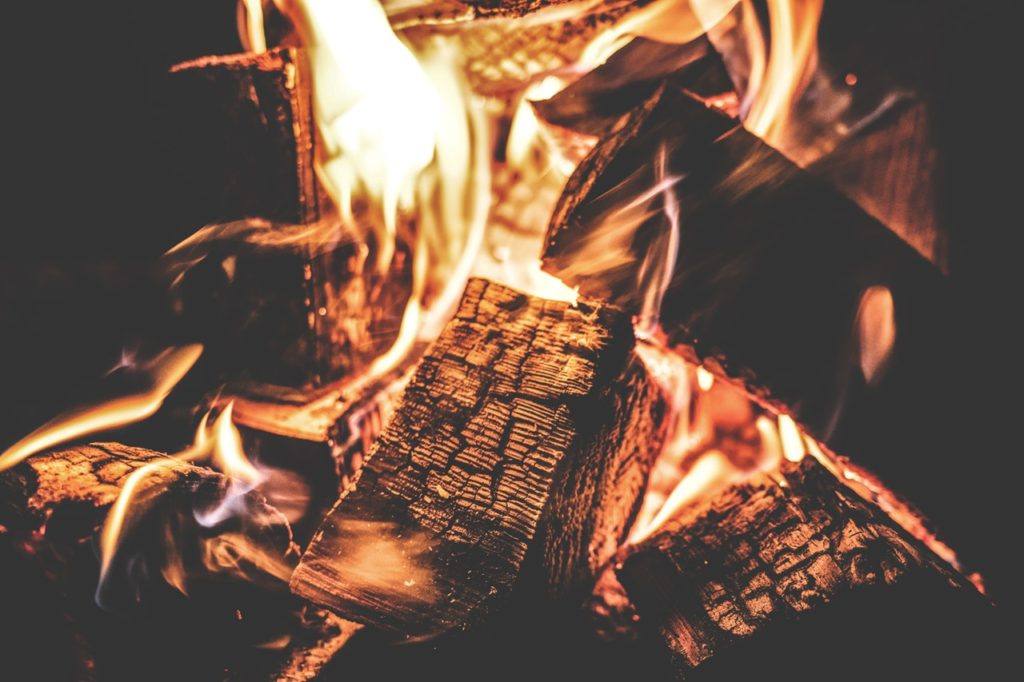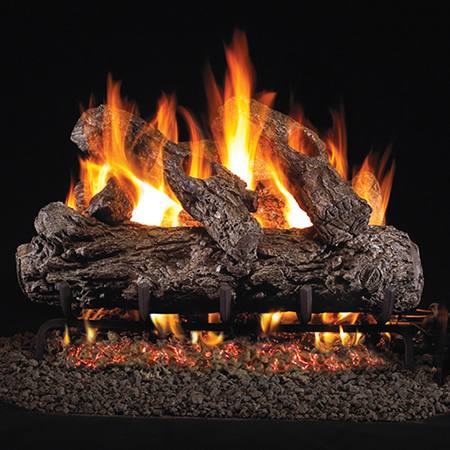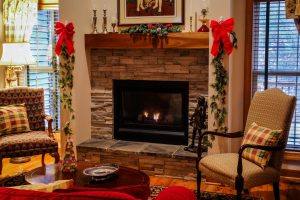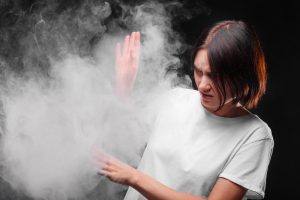Did you know that there are products that actually maximize useful heat from gas and wood fires, while reducing the amount of fuel needed to heat your home with fire? Many don’t know about fireplace heat reflector for the fireplace, so they accept the efficiency they’re accustomed to. Yet fireplace heat reflector are a great investment! They not only maximize heat reflected into the home, but they also protect your firebox from any potential heat damage.
If you have a brick and mortar fireplace, it’s susceptible due to the constant cooling and heating from fires. Because of this, fireplaces will crack and shrink over time. Using a fireplace heat reflector or “fireback” will decrease how much heat is absorbed by the back wall of the fireplace, translating to less damage in the long run.
How To Install A Fireplace Heat Reflector
Installing a fireplace heat reflector is fairly easy, and many chimney care companies will do it for you. You’ll want to first measure the back of the wall of the fireplace in inches, and measure the grate where logs rest. A heat reflector is made using a non-combustible metal and features feet that allow it to stand. Measuring your wall will ensure that the grate will either fit in front of or slightly under the reflector.
Once you have the measurements, you know what size heat reflector to get. At home, remove the fire grate and place the reflector at the back of the clean firebox. Do make sure to read the directions that came with the reflector. You’ll want to make sure that the reflector is upright and that it’s stable. When that looks right, replace the fireplace grate and then use your fireplace as normal. You’ll find yourself with a noticeably cozier fire.
Sometimes low tech solutions reap great benefits. If you haven’t invested in a heat reflecting fireback yet, ask us about them at The Irish Sweep.






